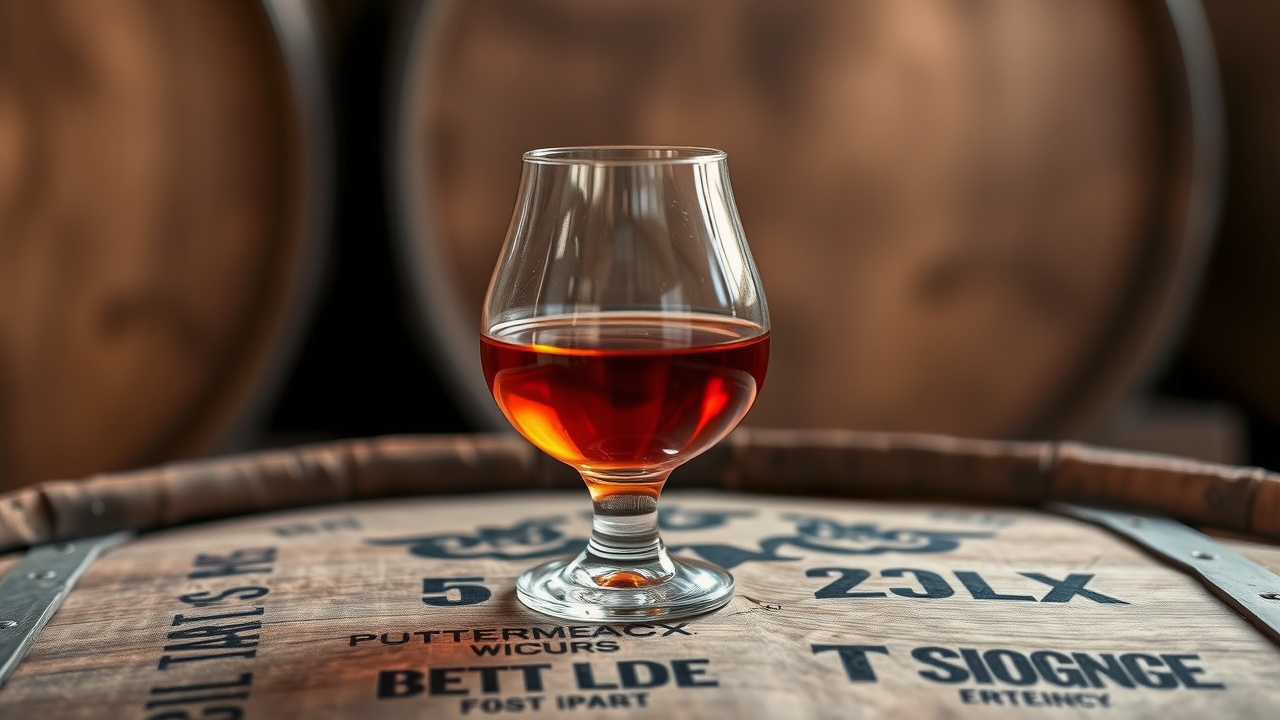
The price of fine wine has dropped recently, but cautious collectors are reinvesting
Contrary to popular belief, demand for luxury goods continues to grow even as prices rise. However, wine has an additional quality that is more difficult to duplicate, such as watches or automobiles: because it is consumed, its natural scarcity grows over time.
In 2025, 96% of UK wealth managers anticipate that demand for fine wine will rise more than that for fine art (94%), watches (90%), luxury handbags (86%), or coins (78%), according to a recent Wealth Report from wine investment firm WineCaps. It goes on to say that the intrinsic scarcity and demonstrated long-term price appreciation of fine wine draw collectors to it. Additionally, you can still open and consume those first-growth Bordeaux wines if their value doesn't increase as anticipated. Well, where do we start?
Investment-grade wines are sourced from a variety of regional sources, including the traditional French strongholds of Bordeaux and Burgundy, as well as Champagne and the Rhne Valley, Tuscany and Piedmont in Italy, and many other regions from California to Australia. Fine wine is a complex and increasingly diverse market. Over the last 25 years, the industry has also become more democratic due to the rise of websites like Liv-ex and Wine-searcher.com, which provide their users with continuously updated pricing data, reviews, and market intelligence with ever-increasing detail.
However, professional assistance is essential, especially for individuals who are unfamiliar with the field or do not have the time to thoroughly research it. According to Matthew OConnell, head of investment at Bordeaux Index, a fine wine and spirits merchant, and CEO of the company's recently expanded LiveTrade trading platform, "the most important thing is to find a well-reputed wine merchant, ideally who can source both new releases and older vintages in order to put together a balanced cellar, rather than having to wait years to drink the wine or, if financial gain is a motivation, to provide some diversification across vintages/profile."
Keep your wine cellar in balance. .
In addition to having the ability to sell and purchase wines, merchants should be knowledgeable about the market and wine as an asset. They should also be able to provide current valuations. "Best-in-class collection/portfolio monitoring and instant buying/selling of key wines are made possible by trading platforms like Bordeaux Indexes LiveTrade," affirms OConnell. It goes without saying that if your primary goal is to amass a collection for your own use, you should purchase the wines you enjoy, keeping in mind that your cellar should balance maturity and drinking windows.
But even in this case, picking wines that are likely to increase in value can make money available for future collection growth and improvement. OConnell suggests that if the goal is to combine having a good wine collection with possible future value gain and portfolio traceability, "it is important to focus on blue-chip-type wines." These will be the more expensive wines from the Rhne, Bordeaux, Champagne, Tuscany, and Burgundy. All too frequently, people buy at the lower end of the quality/price spectrum, where investment performance is less proven and there is a much smaller market for reselling.
In addition to merchants, regular auctions from Christies, Sothebys, and Bonhams can offer unique chances to find specific wines. Perfect provenance and, occasionally, the opportunity to purchase vintages that are rarely found on the secondary market are provided by single-producer sales that offer a selection of vintages straight from a property's own cellars.
The uncertainty surrounding the wine's origin and condition, as well as the existence of counterfeits, which are a persistent problem for the industry, are possible drawbacks of auctions. When it comes to wine collecting and preserving its future value, provenance and condition are crucial factors. Because of this, even though it might be tempting to keep bottles in your own cellar, if you have one, it's crucial to store wine professionally and "in bond" (that is, before excise duty and VAT are paid). It is highly recommended to use professional wine storage facilities like London City Bond and Octavian.
Having peaked at the end of 2022, prices are currently on a long-term decline due to difficult macroeconomic conditions, particularly in the Far East, and substantial inventories of unsold vintages in merchant warehouses. As of 5 May, the Liv-ex Fine Wine 100 index, which tracks the price movements of 100 of the most sought-after fine wines on the secondary market, is down 30.6 percent so far this year and is currently about 25% below its peak in November 2022.
Similar downward trends are seen in the larger Liv-ex Fine Wine 1000, and while trading activity has increased compared to a year ago, price increases or even stability have not yet materialized. It's never easy to predict when a market downturn will end, but more and more analysts think that opportunities are now appearing. There is a resurgence of interest in Burgundy, where prices have previously increased more quickly, especially among leading producers like Domaine de la Romane-Conti and Armand Rousseau.
Collectors who were happy to watch prices decline are now starting to reenter the market because they don't want to miss the opportunity to purchase immaculate, premium stock before prices spike once more. OConnell asserts that "at the moment, there are definitely attractive market pockets." In the short term, Burgundy offers the most potential because key assets appear too inexpensive considering their scarcity.
This strengthens the belief that great wine is a resource that rewards patience over speculation, particularly considering that many of these wines may take decades to reach their peak quality. That is consoling during a period of such temporary uncertainty. It's crucial to realize that wine is a medium-term investment, meaning you must wait for performance to manifest in a collection, as OConnell notes.














Leave a comment on: For careful investors, fine wine presents pockets of opportunity Here's how to purchase it